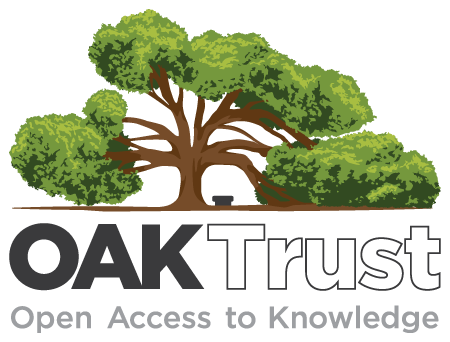The full text of this item is not available at this time because the student has placed this item under an embargo for a period of time. The Libraries are not authorized to provide a copy of this work during the embargo period, even for Texas A&M users with NetID.
Electronic structure of dimetal bonded systems: ditungsten, dimolybdenum and diruthenium systems
Abstract
This dissertation investigates three topics in the field of multiple-bonded metal chemistry.
The first topic concerns the synthetic and theoretical considerations of ditungsten
formamidinates and guanidinates compounds. This work presents an enhanced synthetic path to
the W2(hpp)4 molecule (Hhpp = 1,3,4,6,7,8-hexahydro-2H-pyrimido[1,2-a]pyrimidine). The
reflux of W(CO)6 with Hhpp in o-dichlorobenzene at 200 oC produces W2(hpp)4Cl2 in a one-pot
reaction in 92% yield. This compound is stable and easily stored for further use, and it can be
efficiently reduced in a one-step reaction to the most easily ionized compound W2(hpp)4. This
work also examines the electronic structure and geometry of the intermediates W2(µ-CO)2(µ-
hpp)2(η2-hpp)2 and W2(hpp)4Cl2.
The second topic concerns the theoretical investigation by DFT of the electronic
structure of [Mo2] units bridged by oxamidate ligands or bridging hydride ions ([Mo2] =
(Mo2(DArF)3, where DArF is the anion of a diarylformamidine). It is shown that the effect of the
gauche conformation of the α oxamidate isomers is due to steric interactions, and that the planar
β oxamidate isomers have an electronic structure similar to that of naphthalene when it is doubly
oxidized. The [Mo2](µ-H)2[Mo2] compound shows interdimetal unit interactions between the δ
orbitals of the two [Mo2] units. These interactions are theoretically predicted and experimentally
observed by a decrease in the [Mo2]---[Mo2] distance with a one-electron oxidation of [Mo2](µ-
H)2[Mo2]. The final topic concerns the magnetic and structural properties of two Ru2(DArF)4Cl
compounds. The compounds with Ar = p-anisyl (para) and m-anisyl (meta) both show different
temperature dependence of their molar magnetic susceptibility, Ç. For the para compound, there
is a Boltzmann distribution between a À*3 ground state and a δ*2À* upper state, and this is
confirmed by a temperature dependence of the Ru-Ru bond length: 2.4471(5) Å at 23 K and
2.3968(5) Å at 300 K. For the meta compound, a δ*2À*configuration persists over the range of
23-300 K as shown by an invariant Ru-Ru bond length and its molar magnetic susceptibility.
Citation
Villagran Martinez, Dino (2005). Electronic structure of dimetal bonded systems: ditungsten, dimolybdenum and diruthenium systems. Doctoral dissertation, Texas A&M University. Texas A&M University. Available electronically from https : / /hdl .handle .net /1969 .1 /4722.


